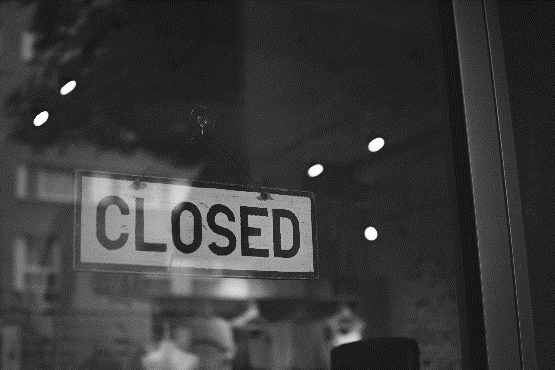09 Sep Business life cycle and liquidation
Business life may be unpredictable. If things cease to go well what to do? When to give up? Liquidation your only option? No, there may be others.
Business life can be a roller coaster on a daily basis. Well certainly the last 24 months have been so for many businesses. But does this mean a business should close if in challenging waters?
Many companies believe that when their business is in fiscal distress, there are very few options available to them and immediately think of liquidation proceedings. What about the many years of effort to build customer trust and assets? Surely things have been built with a long term view and a short hick up should not be catastrophic. However, that is not how real business operates and more often than not, when things turn desperate, a lack of objective view may confuse the clear planning of many years. There are multiple options for companies experiencing financial problems, all of which have their own pros and cons. The option which best suits your specific company is dependent on several factors including whether the company is in fact solvent and what the long-term goals of your company are. The Insolvency Act 1986 considers a company insolvent if its assets are worth less than its liabilities or if it cannot pay debts as they become due.


A negotiated settlement should always be the preferred route. A company should first consider meeting with creditors, finding funding from other sources (particularly when interest rates are low), administration and other routes before entering into liquidation. Every effort should be made to save a business and allow it to continue to operate to potentially recover and no longer be in a position where liquidation or dissolution is necessary. It is also in the business owner’s best interests to preserve long term relationships with suppliers, clients and creditors especially in industries where the individuals involved will most likely come into contact with each other again. Although businesses are not run for short term prospects, sometimes a business cycle comes to a natural end and things have to be closed down.
In order to ensure that you are able to achieve the best possible outcome, it is imperative that you understand the options available to you, only some of which are explored below:
1. Administration
Administration remains a very popular route for struggling entities, the main reason for this being that the company in administration can continue to trade and still exists legally. The purpose of administration is to rescue or restructure the company, with the help of an administrator. An administrator can be appointed by the company, its directors or a floating charge holder either outside of or by the court.
When entering administration, the aim is that the company will continue functioning as a going concern to enable a better outcome for creditors as opposed to dissolution. The administration process usually lasts for a maximum period of up to 12 months after which the company can consider other options such as liquidation, CVA or dissolution, depending on the outcome of administration.
2. Liquidation or Winding-up
The process of liquidation or winding-up results in the dissolution of a company. The company may continue to trade but will cease to exist once the process is concluded. In this situation a liquidator is appointed to collect and distribute company assets. Liquidation can be initiated by the company members if the company is solvent or by creditors if the company is insolvent, both of which constitute Voluntary liquidation. Compulsory liquidation is commenced by the creditors by court order and the liquidator is also answerable to the court for their performance.
3. Company voluntary arrangement
Company voluntary arrangement (CVA) takes the form of an agreement between the creditors and the company aimed at preventing liquidation. The company will continue to trade while the process is supervised by an insolvency practitioner. The creditors are consulted regarding how the debts will be repaid but at least 75% of unsecured creditors and all secured creditors must agree to CVA.
4. Receivership
A receiver is appointed to ensure that the interests of creditors and third parties in company assets are protected. Receivers can be appointed by court or relevant documents and have limited powers depending on specific circumstances, for example an Administrative Receivership or Law of Property Act Receivership. A receiver will attempt to realise property of the company in order for the creditor, whom
they were appointed by, to be repaid and has limited duties towards other creditors. It is important to remember that a company does not have to be insolvent to be placed in receivership and that it does not prevent other creditors taking action.
We provide clients with a variety of options for each legal problem they face and expertly advise which route is best for them, based on a holistic view and creating a strategic path to a satisfactory resolve. The options listed above are only a few of those which should be considered and we can help you choose the most suitable one for you.
Ultimately though, every situation requires proper objective analysis and real view. Hope for the best and prepare for the worst is always good. And you don’t have to be alone facing it. With the right strategy and planning a way out can normally be found.

